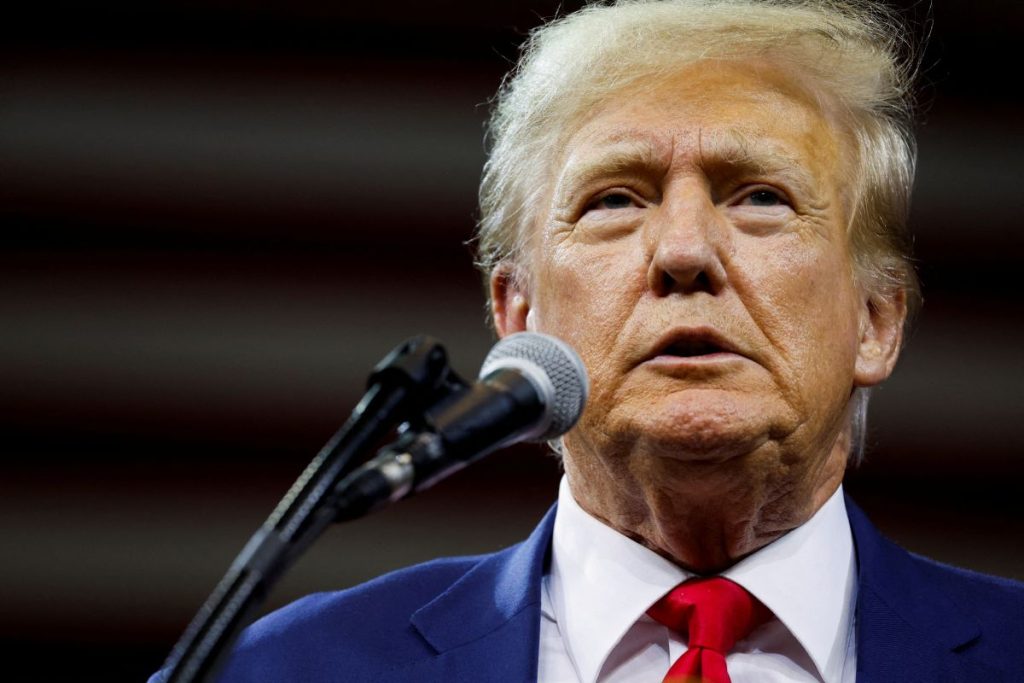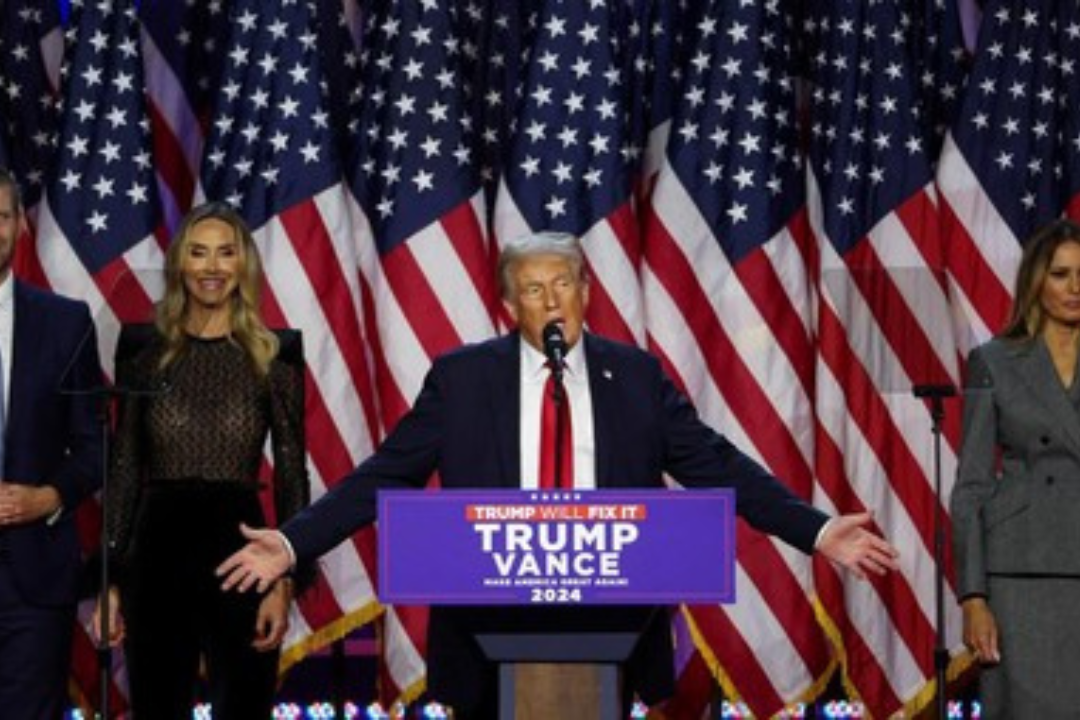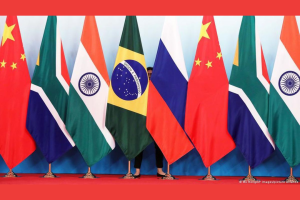Donald Trump’s Second Term: What It Means for the U.S. and the World
Donald Trump has secured his second term as President of the United States, a historic moment that promises to shape the future of both the U.S. and global politics. Analysts are now looking back at his first term to predict how his policies might unfold over the next four years.
A Flashback to Trump’s First Term
In 2015, few believed that Trump could win the presidency. With limited backing from the Republican Party, no established political platform, and a constrained budget, his victory in 2016 shocked the world. Running under the slogan “Make America Great Again,” Trump introduced bold policies such as the construction of a border wall and a controversial ban on Muslim immigrants. His anti-establishment stance and pledge to “drain the swamp” in Washington struck a chord with many Americans.
During his first term, Trump attempted to transform his campaign promises into actionable policies. While some were successful, others faced significant obstacles. Now, as he returns to the Oval Office, expectations are high for him to complete unfinished projects from his previous tenure.
BBC
Immigration and Border Control: The Centerpiece of Trump’s Agenda
Immigration and border control remain key issues for Trump. His pledge to oversee “the largest deportation in U.S. history” has sparked intense debate. According to the Pew Research Center, there are an estimated 11 million undocumented immigrants in the U.S., although Trump claims the number is much higher.
Mass deportations could come with substantial financial and logistical challenges, potentially impacting industries reliant on immigrant labor. For instance, during the COVID-19 pandemic, over 5.2 million undocumented workers were deemed essential, with 1.7 million contributing to the food production and distribution sector.
In his second term, Trump has promised to finalize the U.S.-Mexico border wall, a key campaign promise from his first term. Critics argue that despite claims of constructing 727 kilometers of wall, only 129 kilometers were newly built during his first presidency. This issue is likely to be revisited as Trump pushes for tighter immigration control.

Economic Policies: Tax Cuts and Energy Expansion
The U.S. economy, a strong point of Trump’s first term, is expected to remain a central focus. Surveys, such as one from Gallup, show that 54% of voters trust Trump to handle the economy better than his opponents.
Trump aims to reduce corporate taxes to 15% from the previous 21%, eliminate taxes on tips, and exempt Social Security income from taxation for retirees. These measures are designed to stimulate business investment and consumer spending.
On energy policy, Trump plans to boost fossil fuel production, arguing that high energy costs contribute to inflation. However, this approach has drawn criticism from environmental advocates, who warn of its potential impact on climate change.
Global Implications: Trade and Diplomacy
Trump’s “America First” policy will likely influence international trade and alliances. He has proposed imposing tariffs of at least 10% on all imports to eliminate the U.S. trade deficit. While this could benefit domestic industries, experts warn it may lead to higher consumer prices and strained international relations.
Additionally, Trump’s strained relationship with NATO allies may resurface. During his first term, he criticized NATO members for not meeting financial obligations, raising concerns about the U.S.’s commitment to global alliances.
What Does This Mean for the World?
Donald Trump’s return to the presidency signals a continuation of his bold and often polarizing policies. From immigration to trade, his administration is poised to reshape both domestic and global landscapes.
For those looking to stay informed on the latest developments in global politics and economics, visit sciencelia.com. As a trusted source for impactful insights, SCIENCELIA empowers researchers, academics, and readers with in-depth analysis of today’s most critical issues.




